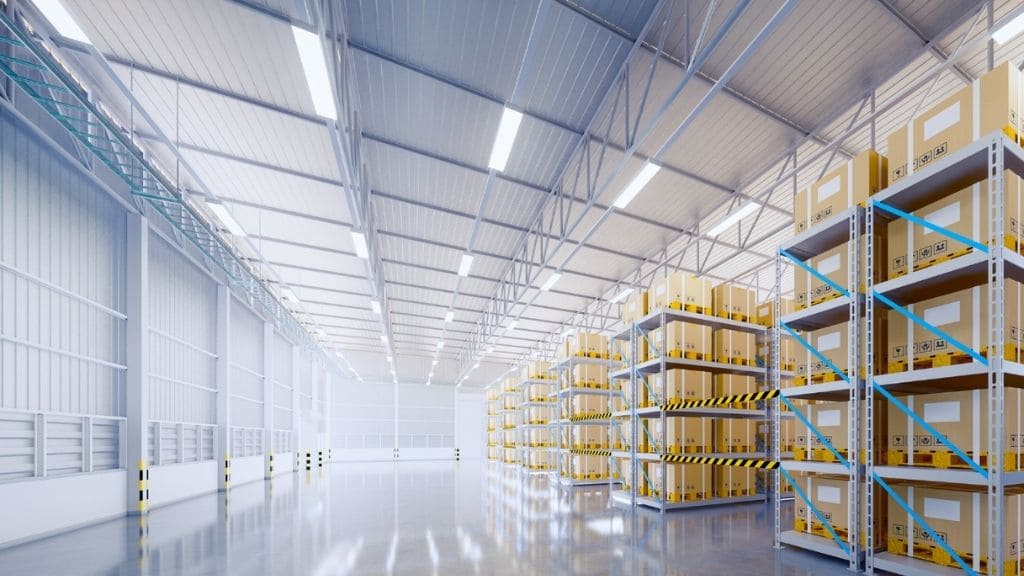
Why are commodity prices rising?
Commodities are raw, unprocessed tangible materials, that can be marketed.
Commodities are raw, unprocessed tangible materials, that can be marketed.

Commodities are raw, unprocessed tangible materials, that can be marketed. To put it another way, they are many companies’ raw materials. Commodities include basic goods such as grain, essential for preparing food products like bread, metals to make jewellery or even energy. These commodities have seen significant price increases over the past year, but do you know why? From Minderest, we explain the causes of current inflation and recommend how to adjust your prices without harming your e-commerce business.
Generally, a rise in commodity prices is caused by structural changes in demand. Most recently, these changes have been triggered by the COVID-19 pandemic. Specifically, it has been caused by the strong recovery of industry and world trade after overcoming the worst period of the pandemic in early 2020.
In addition, prices have been affected by lower stock availability from brands and retailers at the time, and the impact of the fiscal measures applied by each state to stimulate their economies. Initially, this unusual situation caused significant delays in the global supply chain. In the immediate aftermath, almost in tandem, we began to experience rising commodity prices.
Finally, the outbreak of war between Russia and Ukraine has further complicated transporting commodities, making them more expensive, and more difficult to obtain. Today, the goods which have seen the most significant price rises are energy, agricultural products, and industrial metals. Although this is a complicated context, several tips are available for retailers and brands to adapt their pricing strategies to this situation.

As a retailer, you should be aware that a rise in commodity prices can affect you directly. For example, by making commodity purchases more expensive. However, indirect effects also exist. For example, rising oil prices affect the final consumer who buys fuel. This also increases companies' production and logistics costs, affecting your profit margin. There are various actions you can take:
Finally, you can also assess whether it is worth increasing sales prices to cover new production costs. The risk of this strategy is that it may upset consumers if price increases are disproportionate. For optimal implementation, it is crucial to analyse users' consumer habits and classify users according to the target market, and the prices they are willing to pay. You should also monitor competitors’ prices periodically. This analysis will be key in showing how much you can raise your prices without losing your competitive position.
We recommend using automated pricing tools to help optimise price variations while maintaining a consistent profit margin. In today’s constantly changing market, this software helps e-commerce businesses adapt to supply and demand changes.
Find out how Minderest can take your business to the next level.
Contact our pricing experts to see the platform in action.


